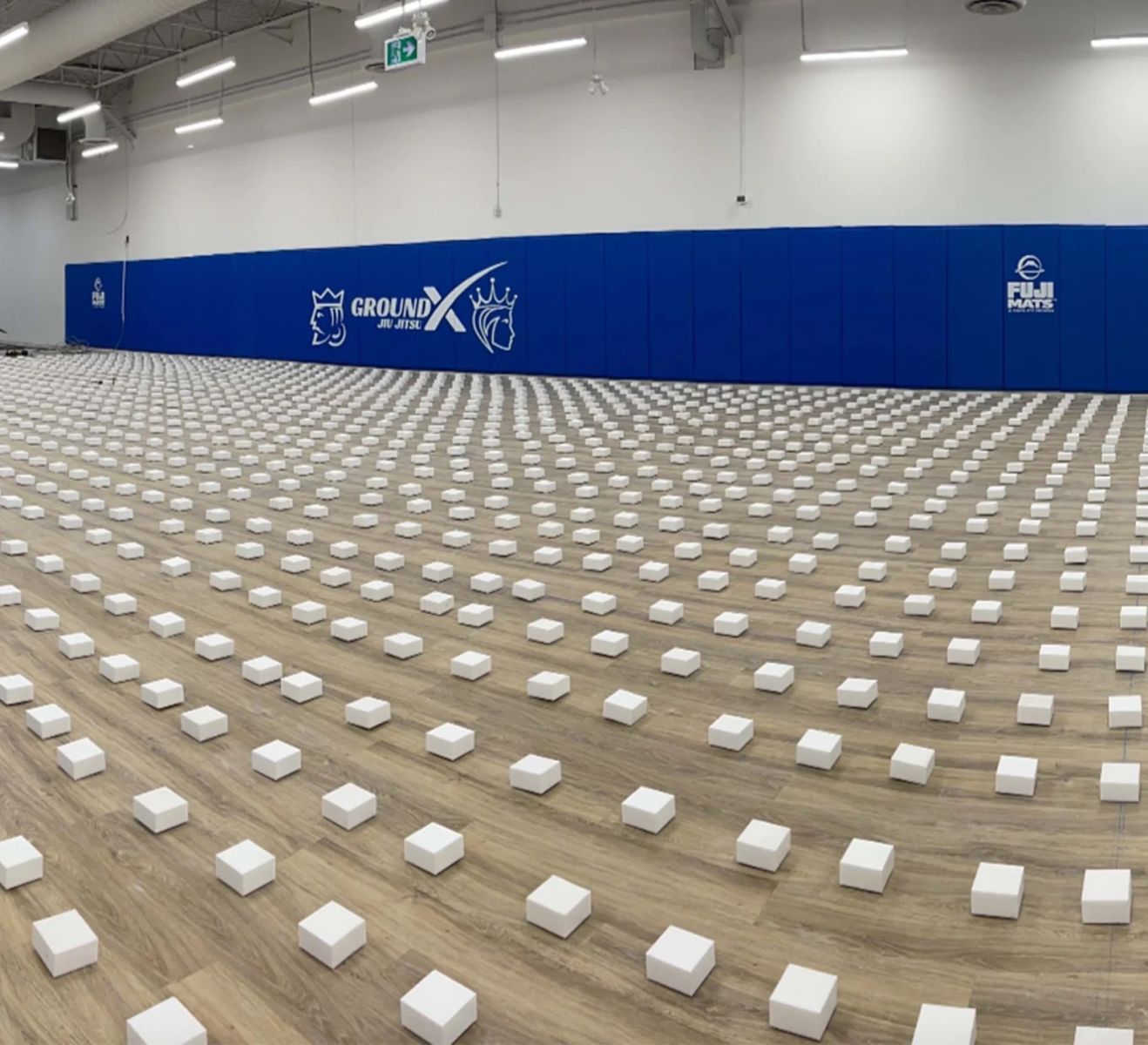
Exploring Foam Options for Judo and Gymnastics Sprung Floors: EPE Foam vs. Polyethylene Foam vs. EVA Foam
When it comes to constructing a high-performance sprung floor for activities like Judo or Gymnastics, the choice of foam material is crucial. Among the many options available, EPE foam, Polyethylene foam, and EVA foam stand out as popular choices. In this article, we will delve into the characteristics of each foam type and explore their benefits to help you make an informed decision for creating a durable and long-lasting subfloor.
EPE foam, also known as expanded polyethylene foam, is a lightweight and versatile material commonly used in various applications. It is produced by expanding polyethylene beads, resulting in a closed-cell foam structure. The benefits of EPE foam include:
Polyethylene foam, like EPE foam, is a type of closed-cell foam, but it is typically denser and more rigid. Here are some key advantages of polyethylene foam:
EVA foam is a softer and more elastic material compared to EPE and polyethylene foam. Here are some benefits of EVA foam for subfloor applications:
Choosing the Right Foam for Judo or Gymnastics Sprung Floors:
The selection of foam for a Judo or Gymnastics sprung floor depends on various factors, including the desired level of shock absorption, firmness, and budget considerations. For Judo and Gymnastics, where impact resistance is critical, our testing and athlete feedback always pointed back to the Fuji Super Blocks due to their preferred durability and shock-absorbing properties.
Ultimately, the best choice depends on the specific needs of the activity, but for those who can't afford our top-of-the-line Fuji Spring Floor, the Fuji Super Blocks are something to consider and the next best thing when compared with our Spring Floor System. Considering the floor you may have already, this may be a great way to achieve the desired balance between shock absorption, comfort and support.
In summary, each foam type offers unique benefits for constructing subfloors in Judo or Gymnastics sprung floors. We've taken the time to test each and found that our Fuji Super Blocks are by far the best option when it comes to affordability and comfort. The decision should be based on factors such as shock absorption, density, durability, and budget constraints. By understanding the characteristics of each foam type, you can make an informed choice that ensures a long-lasting and high-performance flooring solution for your sports facility.
Leave a comment